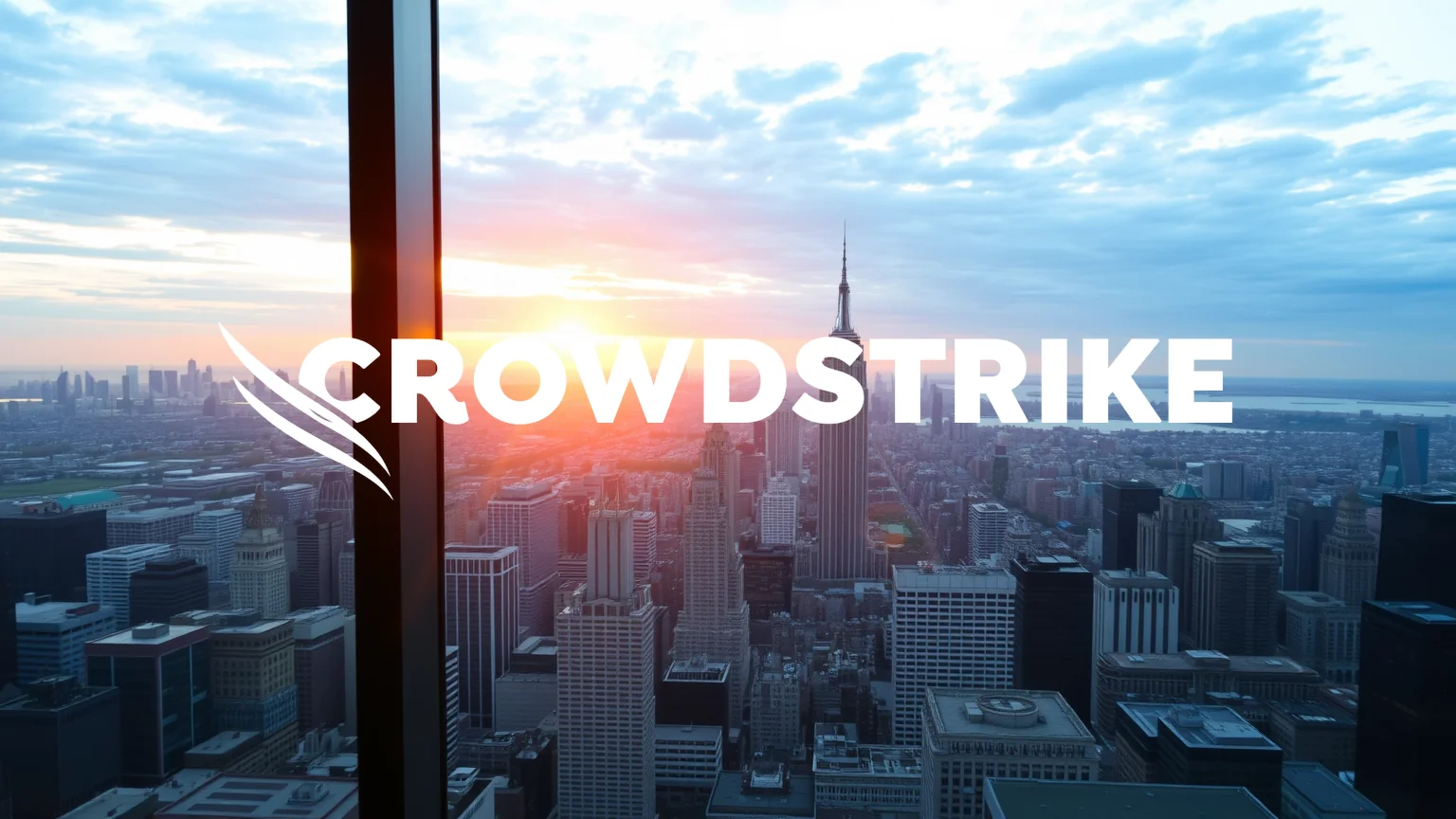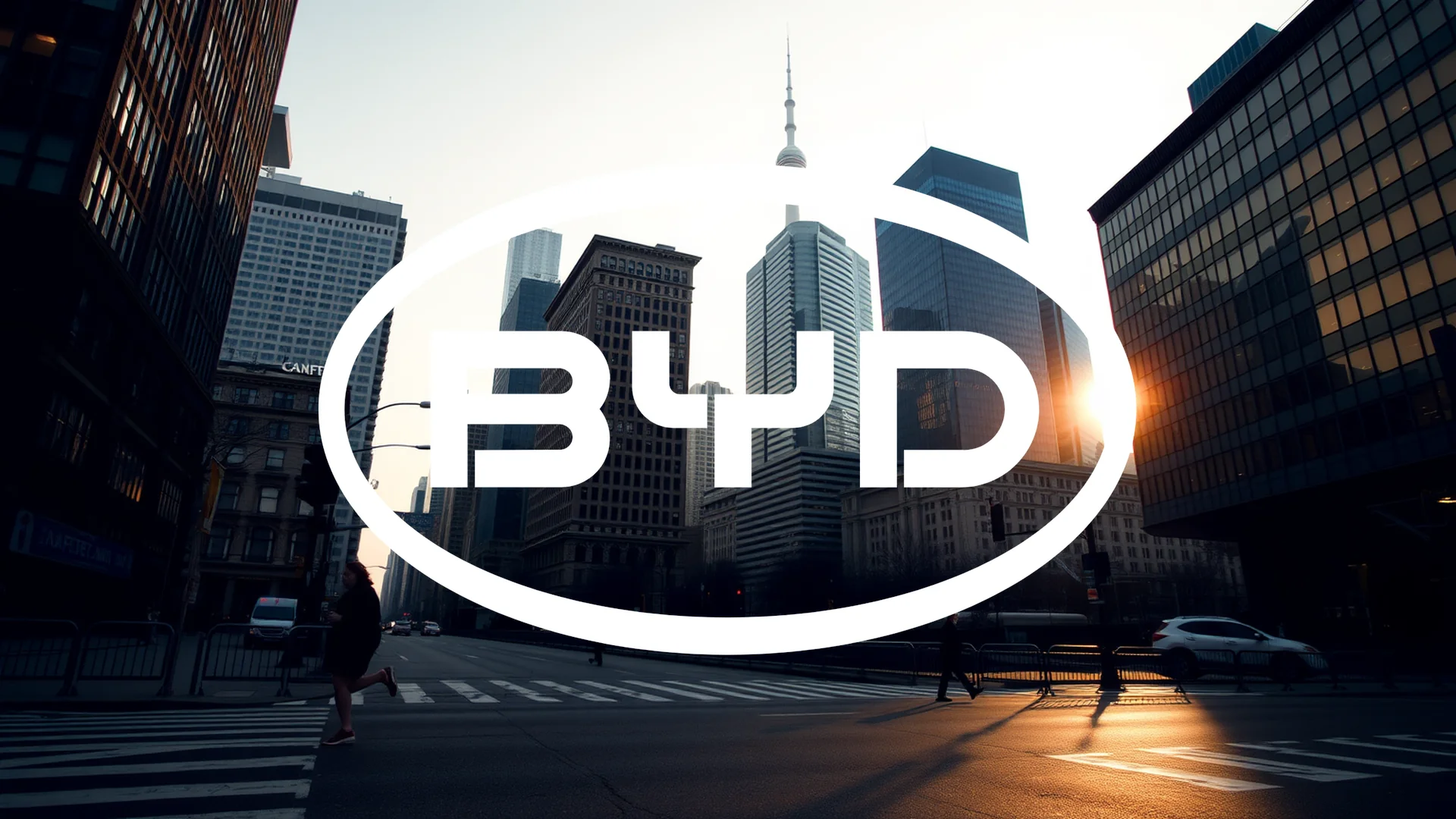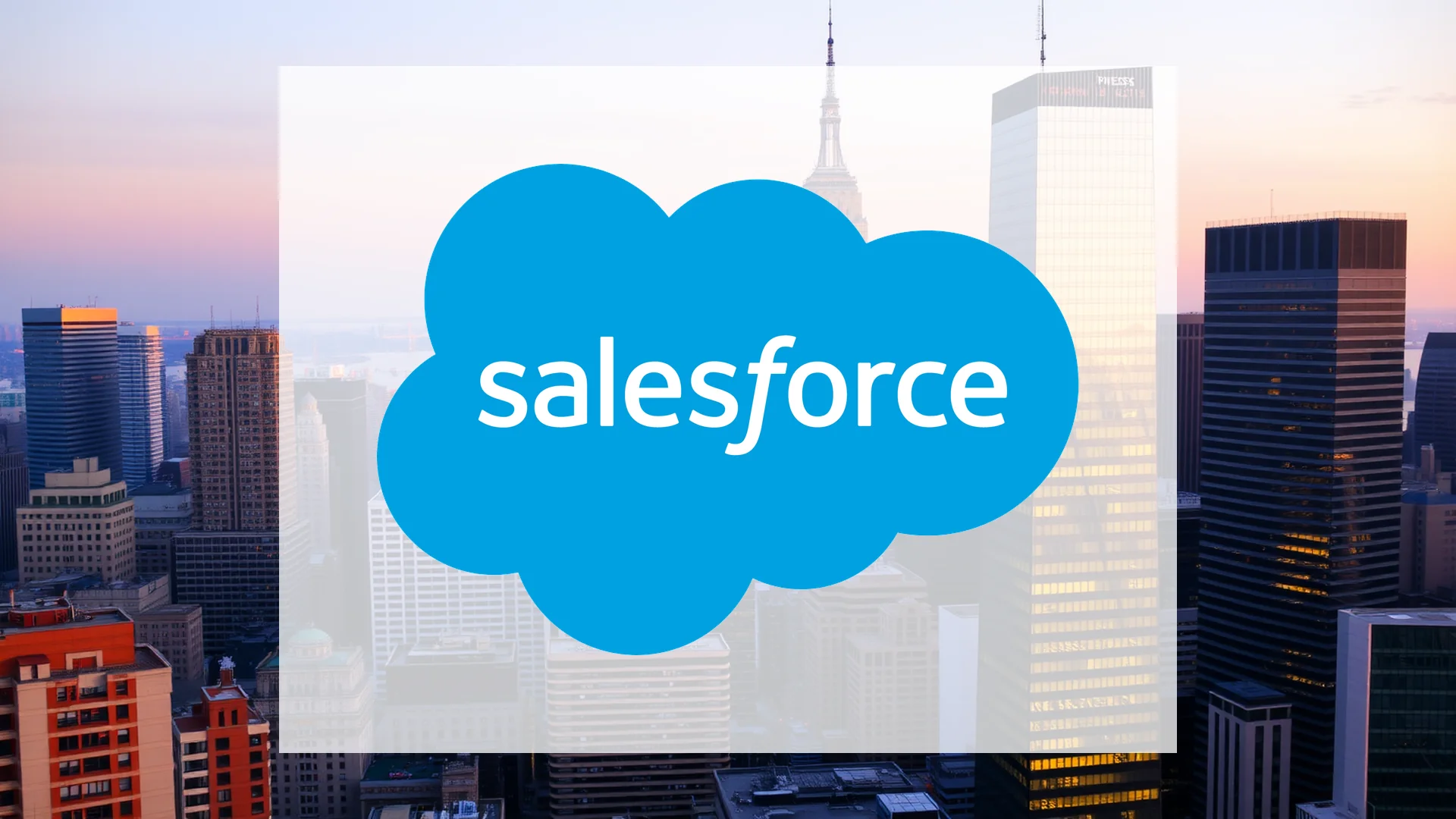In the rapidly evolving cybersecurity sector, two dominant players have emerged with fundamentally different approaches to protecting digital assets. The investment community faces a compelling choice between CrowdStrike’s specialized cloud-native platform and Palo Alto Networks’ comprehensive security ecosystem, particularly following recent market-moving developments.
Palo Alto Networks delivered impressive quarterly results on August 18, 2025, exceeding analyst expectations and driving significant stock appreciation. The company’s platformization strategy—consolidating customers onto integrated solutions—demonstrated substantial progress. This strong performance from the established market leader has intensified scrutiny on CrowdStrike, the cloud-native endpoint security specialist that has experienced meteoric growth but now faces projections indicating a potential moderation of its record expansion pace.
Divergent Strategies, Common Objectives
The philosophical divide between these cybersecurity giants represents a critical battleground in technology investing. Palo Alto Networks, founded in 2005 by Nir Zuk, established its reputation through next-generation firewalls before expanding into a comprehensive security platform encompassing network security, cloud protection (Prisma), and security operations (Cortex).
The company’s platformization approach aims to consolidate enterprise security spending through an integrated ecosystem that reduces complexity while improving protection outcomes. This strategy creates a powerful recurring revenue model with significant customer retention characteristics.
Conversely, CrowdStrike represents the cloud-native disruptor model. Founded in 2011, the company revolutionized endpoint detection and response (EDR) through its Falcon platform, delivered entirely as a subscription service without requiring on-premise hardware. The lightweight, AI-powered agent provides real-time threat detection, with its key advantage stemming from the “Threat Graph”—a massive threat intelligence database processing trillions of events from its global customer base to enable proactive breach prevention.
Financial Performance Assessment
The financial comparison reveals the classic established-profitability versus high-growth dynamic:
| Metric | Palo Alto Networks (FY 2025) | CrowdStrike (FY 2025) |
|---|---|---|
| Total Revenue | $9.2B (+15% YoY) | $3.95B (+29% YoY) |
| Revenue Growth (2026 Forecast) | ~14% | 20% – 22% |
| Annual Recurring Revenue | Next-Gen Security ARR: $5.6B (+32% YoY) | $4.24B (+23% YoY) |
| GAAP Net Income | $1.1B | -$19.3M |
| Non-GAAP Net Income | ~$2.34B | $987.6M |
| Free Cash Flow | $3.5B | $1.07B |
While CrowdStrike maintains superior growth rates, Palo Alto generates substantially higher profits and cash flows due to its scale and maturity. Both companies demonstrate profitability on a non-GAAP basis.
Recent Developments and Strategic Positioning
Palo Alto’s strong quarterly performance marked a significant milestone, with the company surpassing revenue and profit estimates. CEO Nikesh Arora emphasized the success of their consolidation strategy as enterprises increasingly unified their security expenditures.
A pivotal leadership transition occurred with the announcement that founder and CTO Nir Zuk would step down, with Chief Product Officer Lee Klarich assuming the CTO role—signaling continued focus on product integration and AI leadership.
CrowdStrike continues to advance its AI capabilities, highlighting its AI-native platform and the general availability of its generative AI assistant, Charlotte AI, designed to accelerate threat hunting and simplify security operations. The company positions itself to capitalize on the growing need for protection against AI-powered cyber threats—a megatrend expected to dominate coming years.
Investor attention now turns to CrowdStrike’s upcoming earnings report on August 27th for confirmation of its growth trajectory.
Future Outlook and Competitive Dynamics
The cybersecurity landscape continues to evolve amid sophisticated AI-driven attacks, expanding cloud infrastructure requirements, and persistent talent shortages. These trends favor automated, predictive, and consolidated security solutions.
Palo Alto Networks bets its future on becoming the consolidated platform of choice, with 2026 guidance suggesting sustained though moderated growth driven by large enterprise contracts. The company’s accelerating Remaining Performance Obligation (RPO) of $15.8 billion indicates robust future revenue visibility, though success depends on effectively integrating acquisitions and demonstrating clear value from its unified approach.
CrowdStrike’s future is inextricably linked to its leadership in AI-native security and endpoint protection. The company’s ambitious target of $10 billion in ending ARR underscores its growth aspirations, with success contingent on maintaining innovation velocity, expanding platform module adoption, and preserving its high gross retention rates.
Investment Considerations: Strengths and Challenges
Palo Alto Networks demonstrates strength through its successful platformization strategy driving large enterprise agreements. The substantial and growing RPO provides revenue visibility, while its comprehensive product portfolio addresses network, cloud, and security operations needs.
Potential concerns include slower overall revenue growth compared to pure-play cloud security firms, integration challenges from its broad acquisition strategy, and intense competition from specialized providers across market segments.
CrowdStrike offers leadership in high-growth endpoint and cloud-native security markets. Its advanced AI and threat intelligence capabilities create significant competitive advantages, while high customer retention and increasing module adoption drive business stability.
Investment challenges include premium valuation requiring sustained high growth rates, potential growth deceleration as the company scales, and intensified competition from platform providers like Palo Alto and Microsoft in the EDR space.
Investment Conclusion: Philosophical Choice
The investment decision between these cybersecurity leaders ultimately reflects a philosophical choice about future industry direction. Palo Alto Networks presents a compelling case for investors seeking stability, profitability, and exposure to a broad integrated security platform successfully capturing enterprise consolidation trends. Recent strong results and confident guidance reinforce its market leadership position.
CrowdStrike represents the vanguard of modern AI-driven cybersecurity, offering higher growth potential through technological superiority in endpoint protection and a highly scalable subscription model. For investors believing best-of-breed cloud-native solutions will continue outpacing legacy architectures, CrowdStrike remains an attractive option.
The choice between these cybersecurity titans reduces to a fundamental investment perspective: the comprehensive, established fortress of Palo Alto Networks or the agile, intelligent spearhead of CrowdStrike’s advanced security approach.
Ad
CrowdStrike Stock: Buy or Sell?! New CrowdStrike Analysis from October 5 delivers the answer:
The latest CrowdStrike figures speak for themselves: Urgent action needed for CrowdStrike investors. Is it worth buying or should you sell? Find out what to do now in the current free analysis from October 5.
CrowdStrike: Buy or sell? Read more here...













